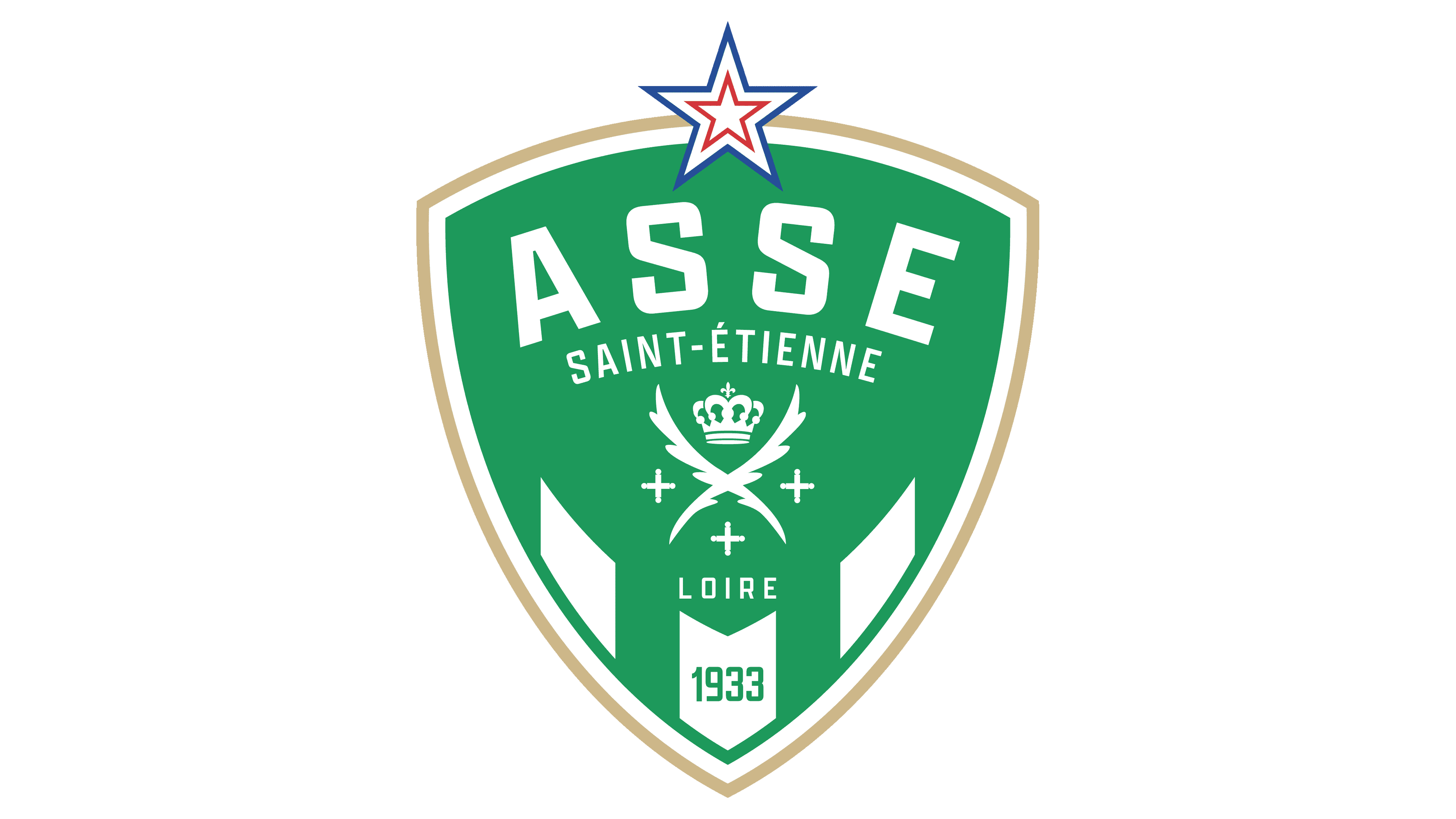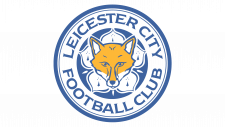AS Saint Etienne Logo
AS Saint-Étienne is a professional football club. A group of employees founded it in a French industrial firm. They created the club in Saint-Étienne. They established it to provide recreation for the firm’s employees. The club has grown significantly since its inception.
Meaning and history
AS Saint-Étienne was founded in 1919. Initially, it served as a sports outlet for employees of a local manufacturing company. The club quickly evolved, joining professional ranks in the 1930s. Through the mid-20th century, AS Saint-Étienne rose to prominence, becoming one of France’s most successful football clubs. It achieved notable success in the 1960s and 1970s, dominating French football and making significant impacts in European competitions. This period marked the club’s golden era, where it won multiple league titles and consistently competed in European tournaments. The team’s colors, green and white, became symbols of its passionate following and rich history.
What is AS Saint-Étienne?
AS Saint-Étienne is a renowned French football club. It boasts a rich history, marked by numerous championships. The team is known for its vibrant green and white colors. It plays its home games at the Stade Geoffroy-Guichard.
1933 – 1940
This emblem presents a shield-shaped logo with a crisp white background. Encircling the shield is a thin, forest green border, enhancing its prominence. Boldly centered within the shield are the capital letters “ASSE”, also in a verdant forest green hue. The font is modern and sans-serif, implying a contemporary feel. The simplicity of the design conveys a sense of clarity and focus, typical of sports team emblems. The use of green suggests energy and evokes the spirit of competition.
1940 – 1960
The updated emblem features overlapping, circular shapes, a departure from the shield design. “ASSE” stands boldly in the center, the letters seamlessly integrated into the contours of a stylized football, showcasing a more dynamic concept. The letters and the football are set against a white background, encapsulated by a verdant border, echoing the team’s lively spirit. This design cleverly combines the acronym with a football motif, symbolizing both the name and the sport.
1960 – 1968
The emblem evolves once again, showcasing a vertical striped pattern within a shield. These stripes alternate between green and white, embodying a classic football jersey. Atop the stripes, a horizontal white banner boldly states “A.S.S.E” in green, sans-serif font. The shield’s bottom tapers to a stylized point, implying movement. This design combines traditional sports aesthetics with a distinct typographic style, signifying a legacy rooted in football’s rich history.
1968 – 1978
The latest design sports a dynamic circular emblem framed by a yellow border. “ASSE” in bold white font overlays a green and white diagonal backdrop, symbolizing action and vigor. The bright black silhouette of a panther with a ball against this background adds a narrative element. Below, “SAINT-ETIENNE” in white, curved text anchors the emblem, celebrating the team’s identity and home. The imagery and colors together convey a strong athletic heritage with a touch of modernity.
1978 – 1980
Returning to a more traditional shield silhouette, this emblem features vertical stripes in two shades of green. The acronym “ASSE” spans the center in bold yellow letters outlined in black, creating a stark contrast. The entire shield is outlined in yellow, imparting a bright, bold edge. This emblem simplifies its elements, omitting imagery for a clean, focused look that emphasizes the team’s initials and colors. The design’s simplicity makes for an emblem that is unmistakably direct and visually strong.
1980 – 1988
The emblem shifts to a more austere aesthetic with a deeper, uniform green. “A.S. SAINT-ETIENNE” is inscribed at the top in a straightforward sans-serif font. Below, the shield maintains its vertical white stripes, reminiscent of classic football jerseys. This iteration opts for a monochromatic palette, abandoning the previous yellow accent. The design’s minimalism nods to football’s timeless nature, with the club’s full name taking a prominent place, reinforcing its storied identity.
1988 – 1993
In this iteration, a dynamic black panther emerges, dominating the shield’s foreground. It’s poised above a stylized football, adding a ferocious energy to the emblem. “A.S.S.E” appears in bold, white letters against the green background, while “ST-ETIENNE” is positioned below in black. The emblem fuses the club’s identity with the power of the panther, symbolizing agility and strength. This striking visual shift marks a bold step in the evolution of the club’s brand.
1993 – 2022
This logo returns to simplicity, highlighting a round emblem with vertical stripes. Central to this design is “A.S.S.E” horizontally placed across the middle. Above and below, “SAINT-ETIENNE LOIRE” frames the acronym. A distinctive addition is the red star crowning the emblem, lending a celebratory flair, possibly denoting a historic achievement or championship victory. The circular form, combined with the star, imparts a sense of unity and prestige.
2022 – Today
The emblem evolves with a new shield design, maintaining the bold “ASSE” at its core. “SAINT-ETIENNE” arcs above, with “LOIRE” and “1933” anchoring below. A stately crown and crossed keys now rest under the team name, infusing a regal touch. At the crest, the red star persists, yet with a blue outline, adding depth. The shield’s outline in soft beige contrasts the vibrant green, adding a vintage feel. This badge marries history with modernity, celebrating the club’s rich legacy.




















